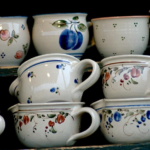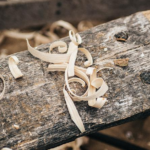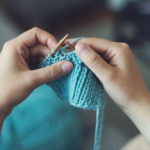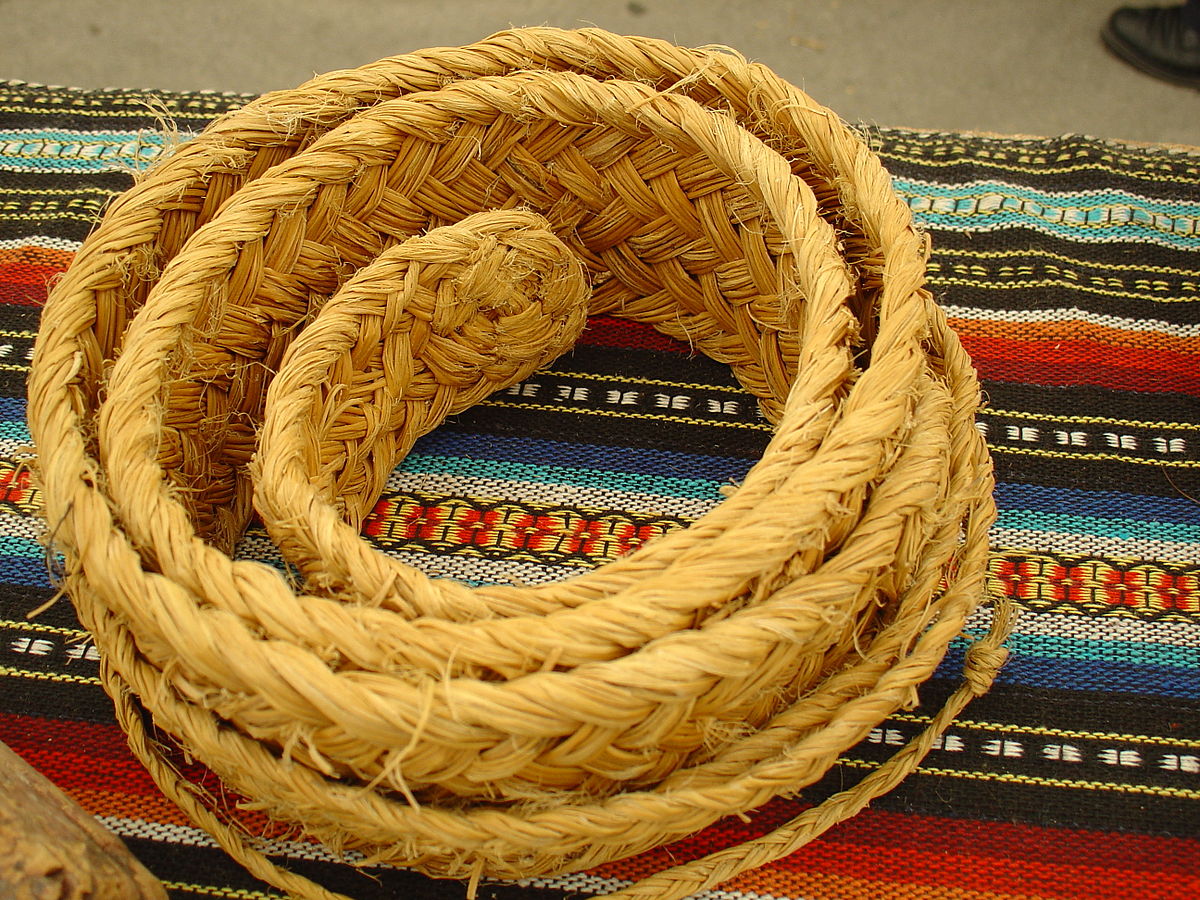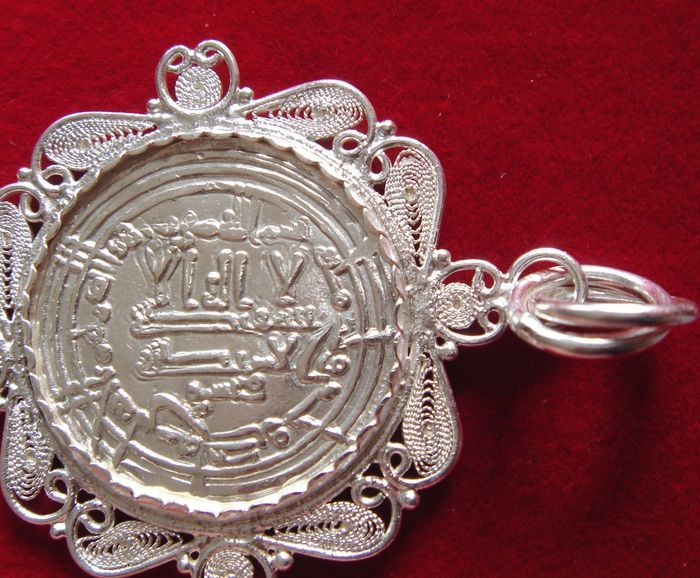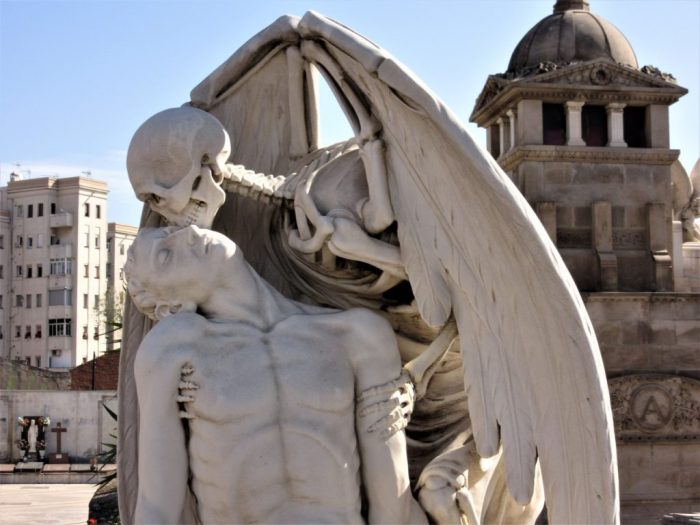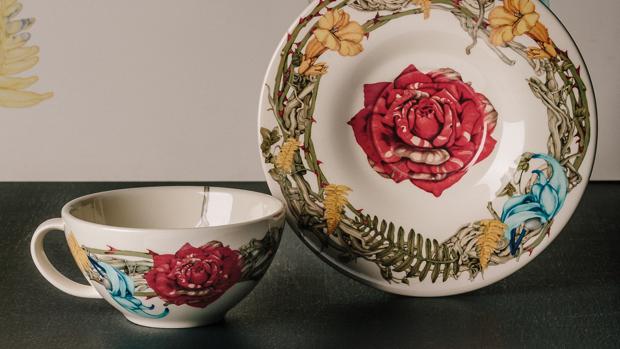Pleita in Spain
Country of the crafting: Spain
Region of the crafting: Andalucia
Type of the crafting: Vegetable fibres
1. What is esparto?
Esparto is a plant known and used by man to make all kinds of tools since ancient times. Its Area of extension is rather small, although typical of the Mediterranean coast, it is found in countries such as Spain, Area s of Italy and North African countries, from Morocco to Egypt.It is an herb that grows spontaneously in arid and stony terrain, it is typical of Area s such as Alicante, Almeria, Murcia or La Mancha. In our country the most producing provinces have been Murcia, Albacete, Granada and Almería, in this order.It is a perennial herb with filiform leaves, with a stem of sixty to seventy centimeters in height. It was highly valued by the Romans precisely for its high strength and durability.
2. What is the pleita and its process?
The pleita is a braided esparto that will be used to make one type of object or another, depending on its branches, that is, a group of five six leaves of esparto that are braided together to spin the natural fiber.
1.Harvest -In the month of June the esparto is collected. For its collection the “palillo” is used, a wooden rod of about ten fifteen centimeters in which the bunch of esparto leaves is rolled. the bunches are about fifteen centimeters wide.
2. Cleaning – Those leaves are removedfrom the bunch that are drier or shorter, until the bunch is matched above and below.
3. Dried out -This is done in the sun, which causes it to change its color and turn yellow; if, on the contrary, it dries in the shade, the esparto will remain green. This process can take about twenty days.
4. Cooking – the esparto is tied up in a stream where the water runs and is left up to twenty-two days. In this process the esparto becomes white. Then it will let dry.
5. Crushed – the esparto that has been cooked, once it is dry, is mashed on a stone and with the mace, hitting it to open and soften.
6. Braided Basketry – the beginning of the pleita is made with three folded sheets, to which three sheets are added transversely at a distance of the folded that are tied, turning the folded sheets and being visually cross shaped. Three more sheets are added at the same distance, thus leaving the central sheet with the following cross ties. From here, leaves are added until each branch is between five and six and they begin to braid.
7. Sewn – To sew is used esparto thread, made with cooked esparto, and three branches of two or three leaves each. the pleita is sewn in a circular way and ascended, being sewn between the edges of it.
8. FinishIt ends by cutting the pleita and performing a stitch on it so that it does not detrenze.
3. History of pleita and the use of esparto.
Esparto has been used for thousands of years. the findings of more than 50 mummies in the Cave of the Bats in Albuñol (Granada) in 1857, show a refined craftsmanship of the esparto, with baskets and dresses worked in a careful way.Since the more than6,000 years old of these remains,esparto work technique s have variedvery little and the pleita has alwaysbeen used. Already in historical period, the Hispanic esparto was very appreciated for the elaboration of ropes and rope in the ships that crossed the Mediterranean.
The main producing Area s have been the southeast of the Iberian Peninsula, known as the Spartarius Campus during the Roman Empire. For the Arabs of Al-Andalus, the esparto, called in Arabic “halfa” continued to be a very important forest product, importance that it maintained throughout the Middle and Modern Age.The decline of esparto came from the 50s and 60s of the 20th century, at which time the appearance of plasticsand the importation of other fibers meant the plummeting fall of the exploitation of esparto.
4. Some of the products made with the pleita
Pannier: Piece of two bags joined together. Each bag is large and made with thirteen branch of pleita.
Capacho: Circular piece of one meter in diameter and three in thickness. It is made with thirteen branch of pleita.It is used to grind olives in the press
Espuerta: Basket that can be of different dimensions but that is characterized by being of large diameter and with low edges. It is made with thirteen branch of pleita.
Rope: Five branch of pleita. It is used for sewing, are three-legged pleita. They are made with cooked and mashed esparto.
Cenacho: Circular container with small side handles of pleitafor storing objects at home
Animal heads, Lamps, Carafes, Mantle of beach umbrellas, Shoes.

